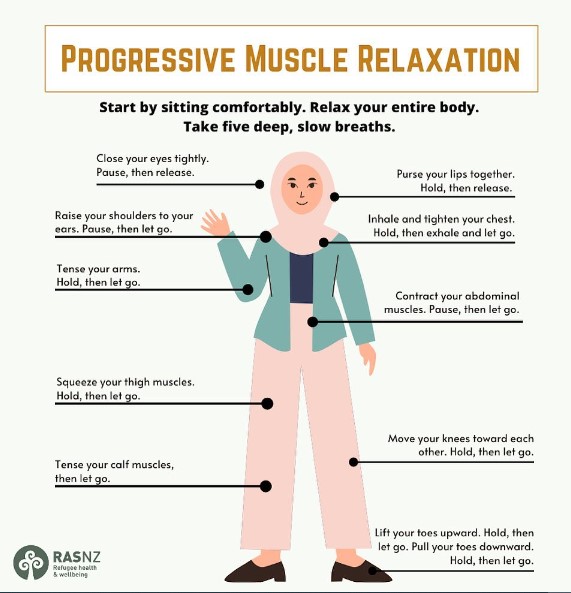Written for Wellness Within - by Niki Baggs
Regulate Your Nervous System
Hello Good People,
I wanted to share with you an effective Polyvagal exercise that works by regulating the autonomic nervous system, fostering a sense of safety and tranquillity.
Dr. Stephen Porges' polyvagal theory delves into how our autonomic nervous system reacts to stress and trauma, influencing our emotional and behavioural reactions. Engaging in specific exercises allows us to learn self-regulation and decrease impulsive behaviours, promoting emotional balance and resilience.
This technique involves the systematic tensing and relaxing of muscles throughout the body, aiming to trigger the body's relaxation response, alleviating tension, stress, and other ailments. As individuals progressively tense and release muscle groups, the nervous system shifts from the stress response to a state of relaxation. This results in slower breathing, decreased heart rate and blood pressure, and a reduction in stress hormones such as cortisol and adrenaline.
The practice of progressive muscle relaxation can be done in various positions—lying down, seated, or standing. Though the process of learning muscle relaxation techniques may seem daunting, the practice itself is relatively straightforward. To begin, take a moment to settle in by relaxing your shoulders, opening your hands, and spreading your fingers.
Visualise the steps of progressive muscle relaxation as a focus on different body parts, paying close attention to bodily sensations and breathing. If your attention drifts, gently guide it back to the process of tensing and relaxing. This technique helps in recognizing feelings of tension, stress, and anxiety throughout the day.
During practice, tense each muscle group for about 15-20 seconds and release quickly. Focus on the sensation of stress leaving your body while relaxing and breathing deeply for 20-30 seconds before tensing the next muscle group.

